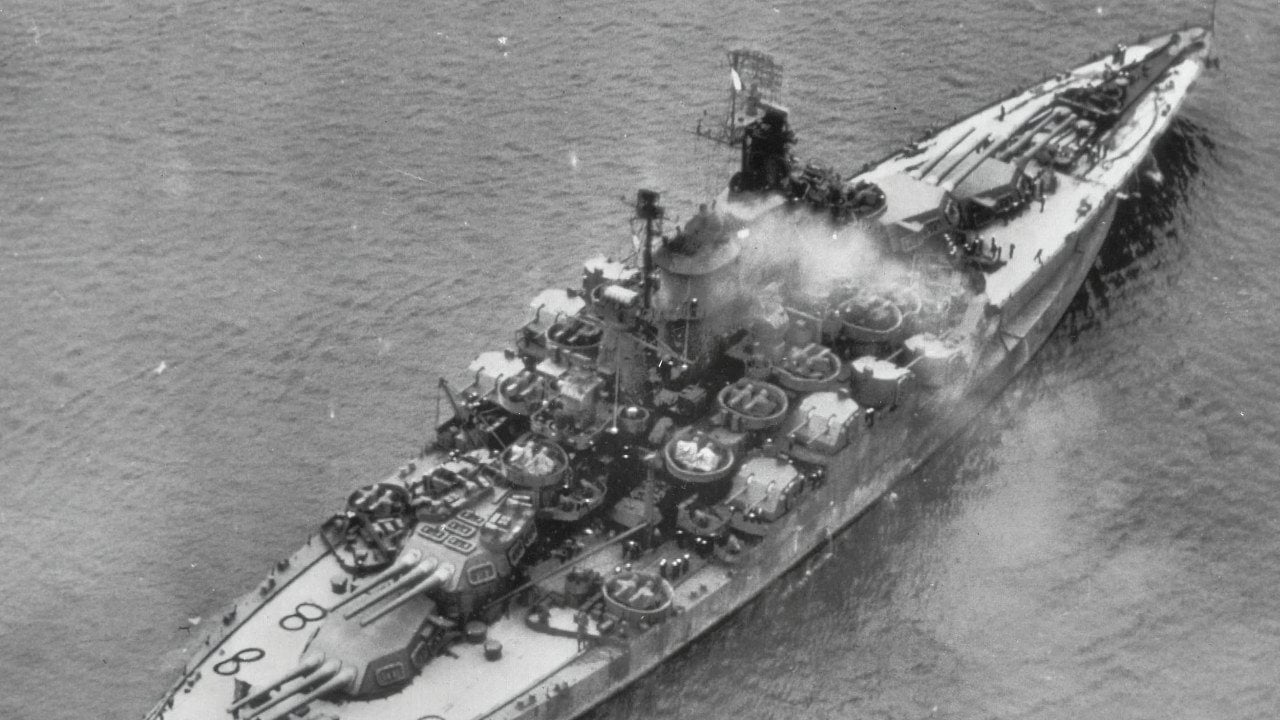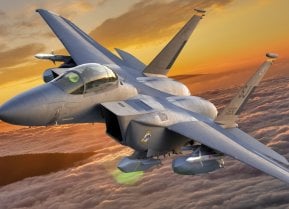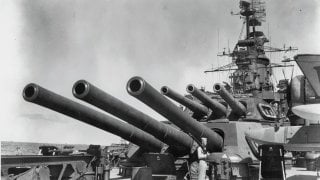U.S. Navy's USS California Battleship: 33,000 Tons Of Raw Power
USS California was the second and final ship constructed in her battleship class. She was constructed at Mare Island Naval Shipyard in 1916 and entered service in August 1921, roughly one year after USS Tennessee. Upon entering service, she served as the flagship for the Battle Fleet. Up until the outbreak of the Second World War, California conducted training exercises and sailed across the Pacific Ocean to Australia and New Zealand.
Summary: The U.S. Navy's Tennessee-class battleships, part of the pre-World War I "standard series," including the Tennessee and California, were built following the New Mexico-class design. They aimed to counter long-distance torpedoes and underwater explosions with advanced engineering. Launched in the early 1920s, both ships played significant roles until the Japanese attacked Pearl Harbor in 1941, where they suffered damage. Despite being initially overwhelmed, California was eventually refloated and, along with Tennessee, contributed significantly to later Pacific battles, including Leyte Gulf and Lingayen Gulf, showcasing resilience and strategic importance throughout World War II.
USS California Was a U.S. Navy Battleship Like No Other
The U.S. Navy’s fleet of Tennessee-class battleships was constructed before World War I as part of the service’s “standard series” of twelve battleships designed prior to the Washington Naval Treaty.
Following the war, the major Allied powers penned an agreement limiting the future displacements and armaments of warships to minimize a secondary conflict. The two Tennessee-class super-dreadnought battleships, Tennessee and California, were largely derived from the preceding New Mexico-class.
Notably, when the Japanese attacked Pearl Harbor in 1941, both vessels were positioned in Battle Ship row and were damaged to varying degrees during the barrage.
The history of the Tennessee-class ships
In 1915, the research phase driving “Battleship 1916” commenced. Initially officials desired the new class of warships to stray from the service’s standard-style. However, then-Secretary of the Navy Josephus Daniels overruled this request and demanded that the new battleship mirror the preceding New Mexico design with slight modifications.
Around this time, European navies were developing larger guns and torpedoes capable of traveling longer distances. To ensure the new battleship could counter an underwater explosion, engineers incorporated four torpedo bulkheads to create voids that would absorb the pressure and gas of a potential explosion.
Introducing USS California
USS California was the second and final ship constructed in her battleship class. She was constructed at Mare Island Naval Shipyard in 1916 and entered service in August 1921, roughly one year after USS Tennessee. Upon entering service, she served as the flagship for the Battle Fleet. Up until the outbreak of the Second World War, California conducted training exercises and sailed across the Pacific Ocean to Australia and New Zealand.
In the early 1930’s, she underwent a minor overhaul and was equipped with a new battery of larger 25 caliber guns. With her new guns mounted, California took off to sail around the Caribbean and Haiti. Later in the decade, both California and her sister ship Tennessee transited the Panama Canal and were subsequently ordered by President Roosevelt to remain Hawaii permanently along with the Battle Fleet.
When Japanese aircraft attacked Pearl Harbor in 1941, California was positioned at the southernmost tip of Battleship Row, where seven American warships were docked at Pearl Harbor, Hawaii. Two Nakajima B4N torpedo bombers dropped torpedoes toward California, both hitting the ship.
As detailed by the Navy, “California had steam up and was nearly ready to get underway when a large mass of burning oil, drifting down "Battleship Row", threatened to set the ship afire. She was ordered abandoned, and, when the crew returned on board sometime later, it was impossible to control her flooding. Despite strenuous efforts, she slowly settled to the bottom of Pearl Harbor, coming to rest on 10 December”

After months of repairs, the California was able to enter Dry Dock No. 2 in Pearl Harbor and was ultimately refloated in June. Throughout the rest of the war, California participated mightily, engaging in the Battle of Leyte Gulf, the Philippines campaign, and the Battle of Lingayen Gulf.
About the Author: Maya Carlin
Maya Carlin, National Security Writer with The National Interest, is an analyst with the Center for Security Policy and a former Anna Sobol Levy Fellow at IDC Herzliya in Israel. She has by-lines in many publications, including The National Interest, Jerusalem Post, and Times of Israel. You can follow her on Twitter: @MayaCarlin.


